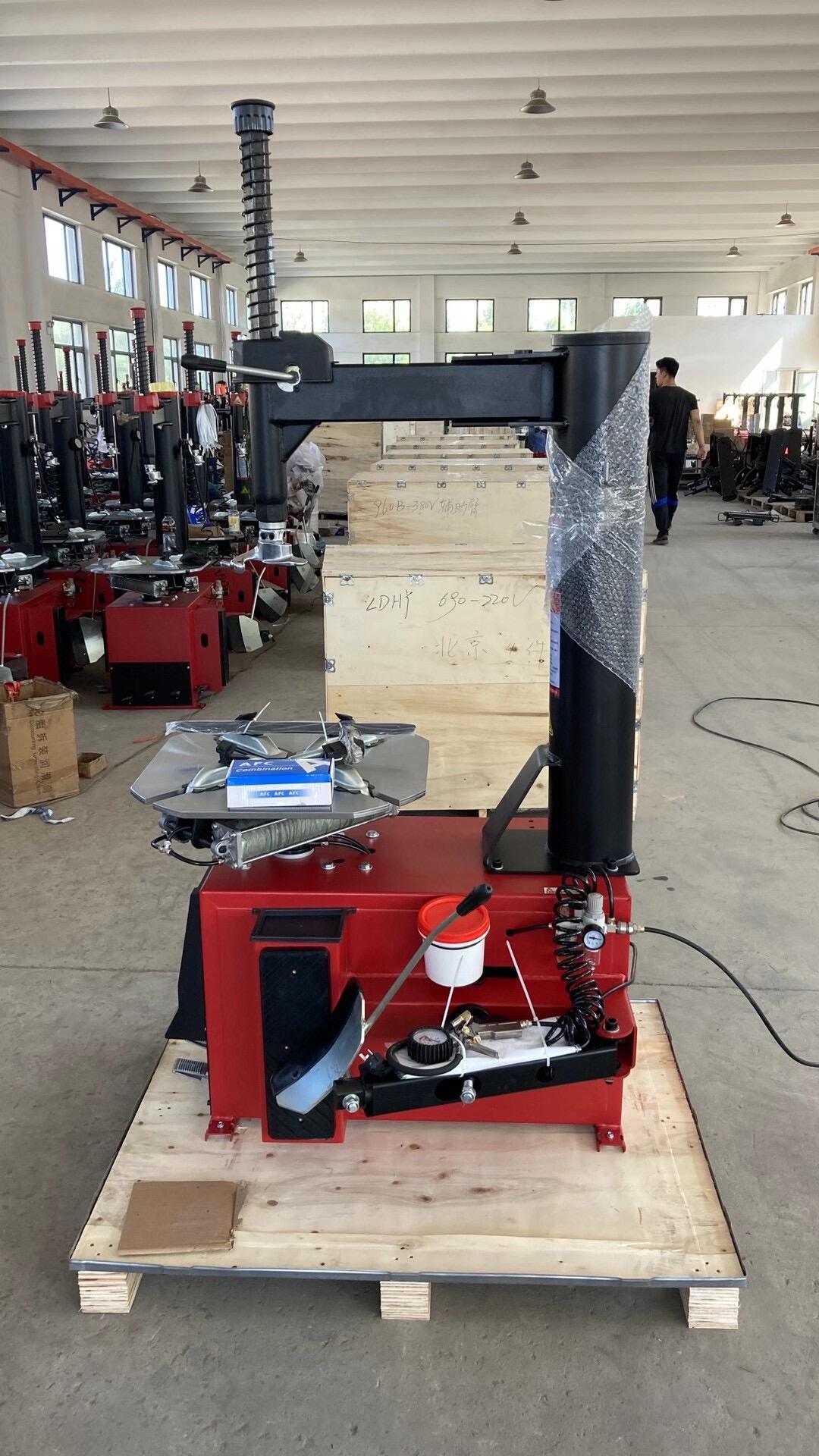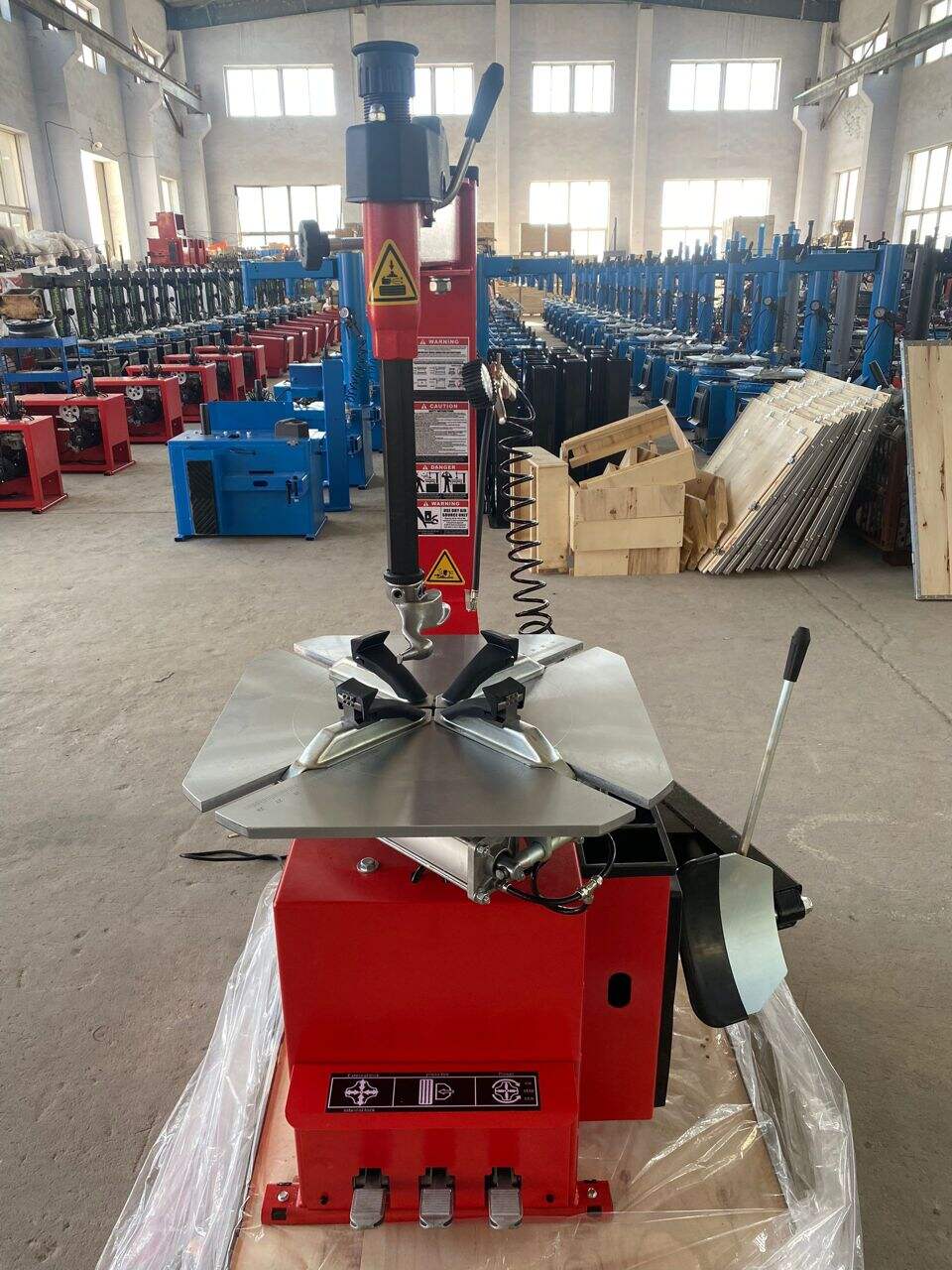производитель для замены шин и балансировщика колес
Наш производитель шин и балансировщиков находится на переднем крае инновационного проектирования и производства автомобильного оборудования. Основная функция переменщика шин заключается в упрощении установки и демонтажа шин с колес с эффективностью и легкостью. Он оснащен передовыми технологическими возможностями, такими как система разрыва шариков, система надувания и мощный двигатель, что упрощает процесс для техников. С другой стороны, балансировщик колес обеспечивает идеальное равновесие колес, уменьшая вибрацию и улучшая управляемость автомобиля. Благодаря высокоточным датчикам и удобному интерфейсу, он является незаменимым инструментом для поддержания выравнивания колес. Обе машины предназначены для различных применений, от небольших мастерских до крупных автомобильных сервисных центров.


